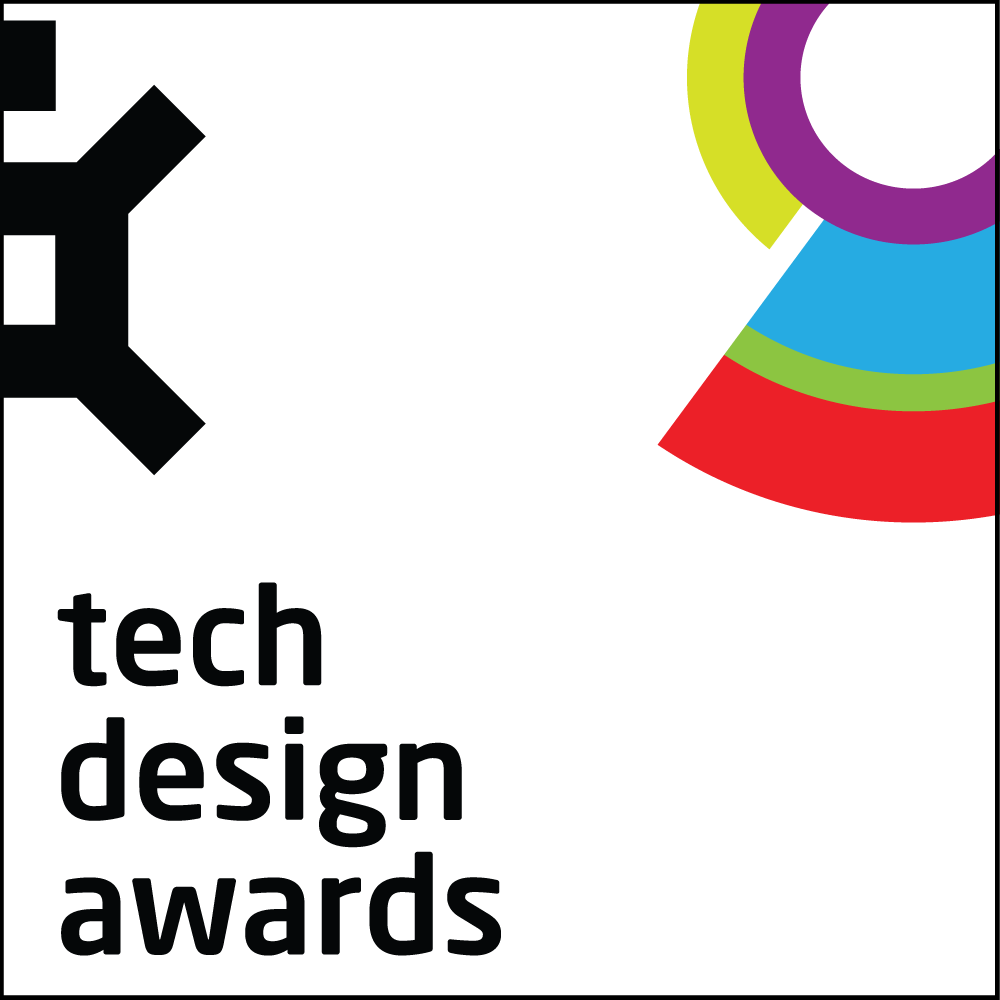


Project Overview
The Business Victoria website gives Victorian citizens the help they need to start, run or grow their business.
We redesigned the website to work beautifully, anywhere, anytime—it's responsive across any device and runs blindingly fast.
Project Commissioner
State Government Victoria – Department of State Development, Business and Innovation
Project Creator
Team
Adam Morris - Creative Director (Thick)
Damon O'Sullivan - Strategy Director (Thick)
Matt Sawkill - Technical Director (Thick)
Tait Ischia - Content Strategist (Thick)
Kirill Kliavin - Front End Developer (Thick)
Niels Oeltjen - Front End Developer (Thick)
Sally Martin - Executive Director (BVO)
Stacey Kaye - Customer Experience Manager (BVO)
Carolynne Hamilton - Acting Service Delivery Manager (BVO)
Jessica Le - Project Manager/Senior Business Analyst (BVO)
Glen Harward - Project Co-ordinator (BVO)
Megan Vassarotti - Online Editor (BVO)
Emma Cameron - Senior Content Developer (BVO)
Joe Looker - Online Information Officer (BVO)
Eugenia Chan - Online Information Officer (BVO)
Hyma Vulpala - Online Information Officer (BVO)
Helen Andreou - Online Information Officer (BVO)
Madhavi Herle - Test Analyst (BVO)
Project Brief
The previous Business Victoria website had a serious issue with complexity.
People were having a lot of trouble finding what they needed, to the point where call centre staff were handling too many calls from customers who needed help using the website.
Mobile traffic had also surged 450% in a 12 month period, and the scaled-down, mobile-specific website was not fulfilling people's needs.
Our team was tasked with a responsive redesign and rebuild that would address these problems, and to bring the website in line with (government mandated) WCAG AA accessibility requirements.
Project Need
Thick implemented Design Thinking techniques to build empathy with real Victorian business owners.
Through a series of one-on-one interviews and workshops, we formed a complete understanding of business owners' needs. We brought them inside the design process alongside our team and BV stakeholders. This allowed us to co-create an outcome that is truly citizen centred. It armed us with the ammunition we needed to smash the status quo of bloated, complex government websites.
The team at Thick set up a makeshift studio inside the Business Victoria offices for the duration of the project. By co-locating we ensured our respective teams were best set up to collaborate together, build empathy with real Victorian business owners and iteratively design, build and improve the website. We’ve planted the seed for genuine co-creation in the department and the methodology is now embedded as the process of choice.
And in a boon for accessible government websites, aesthetic integrity has not been compromised at the expense of a usable, accessible experience. A good example of this is the main site menu, which looks great and animates elegantly even if only navigated with the keyboard. We made sure that large, clear text is used throughout the site, and main navigation links are finger-and-thumb friendly. In a first for government websites this redesign provides an elegant experience for all users, disabled or otherwise.
User Experience
Throughout our research we mapped the different modes in which customers might best interact with the Business Victoria website.
We mapped customer needs across three contexts: cognitive context (ie. level of education, or understanding of 'business speak'), physical context (ie. propensity for device preference, stationary/on-the-go), and emotional context (ie. excited and ready to explore through to in-a-rush and seeking a quick answer).
Mapping these contexts against segments and personas helped us form a picture of who we should interview, what the recruitment brief for formal usability testing should look like, and allowed us to form a clear picture of how content should be structured throughout the website.
When speaking to people from our various user groups we found an appetite for simplicity. Without exception, people wanted no-nonsense information presented in a clear and easy-to-understand way.
They wanted the 'road blocks' removed, so they could get on with running their businesses. This directly informed the design principles of the website; to allow people to accomplish tasks with a minimum of fuss and in the most efficient manner possible.
Project Marketing
N/A
Project Privacy
N/A
Tags
Government Services
This category recognises applications developed for all levels of government services.
More Details

